
- About▼
- Exo 101▼
- News
- Research▼
- Jobs + Internships▼
- Current Opportunities
- B.Sc. Summer Internships
- Graduate Studies (MSc, PhD)
- Lumbroso Grant for Ambassadors
- Jean-Marc Lauzon Grants
- Postdoctoral Fellowships
- Maunakea Graduate School
- Secondary School + Cegep Internships
- Astrophysics Discovery Moments (Moments découverte en astrophysique)
- The Eclipse Ambassadors Training Program
- Public Outreach▼
- Our Events
- Astronomy on Tap
- Les Grandes conférences de l’iREx
- AstroMIL: an astronomy celebration for all!
- Podcast – Les astrophysiciennes
- ExoBites Video Series
- La petite école de l’espace
- Cosmic Club
- Exoplanets in the Classroom
- Beyond the Stars: Exploring Space, Rooted in Place
- Eclipse
- Invite an astronomer
- iREx in the Media (in our Reports)
- Social Media
- Newsletter
- Our Team▼
- Contact Us
- FR▼
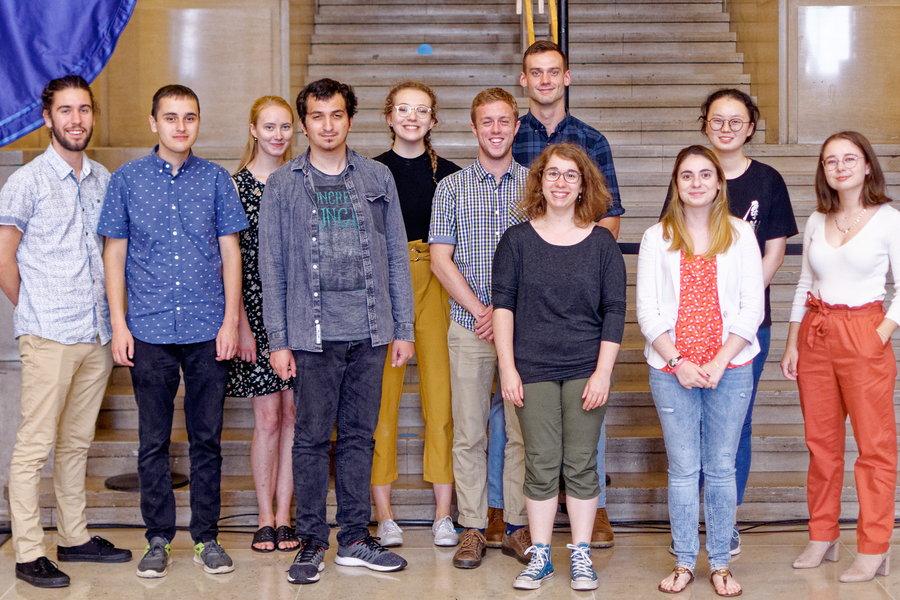
 Simon Delisle
Simon Delisle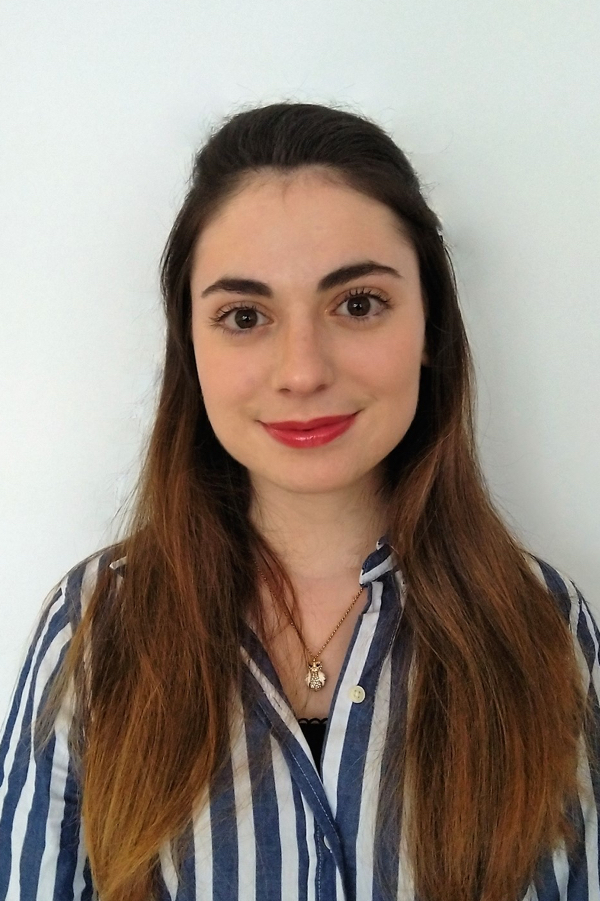 Ariane Deslières
Ariane Deslières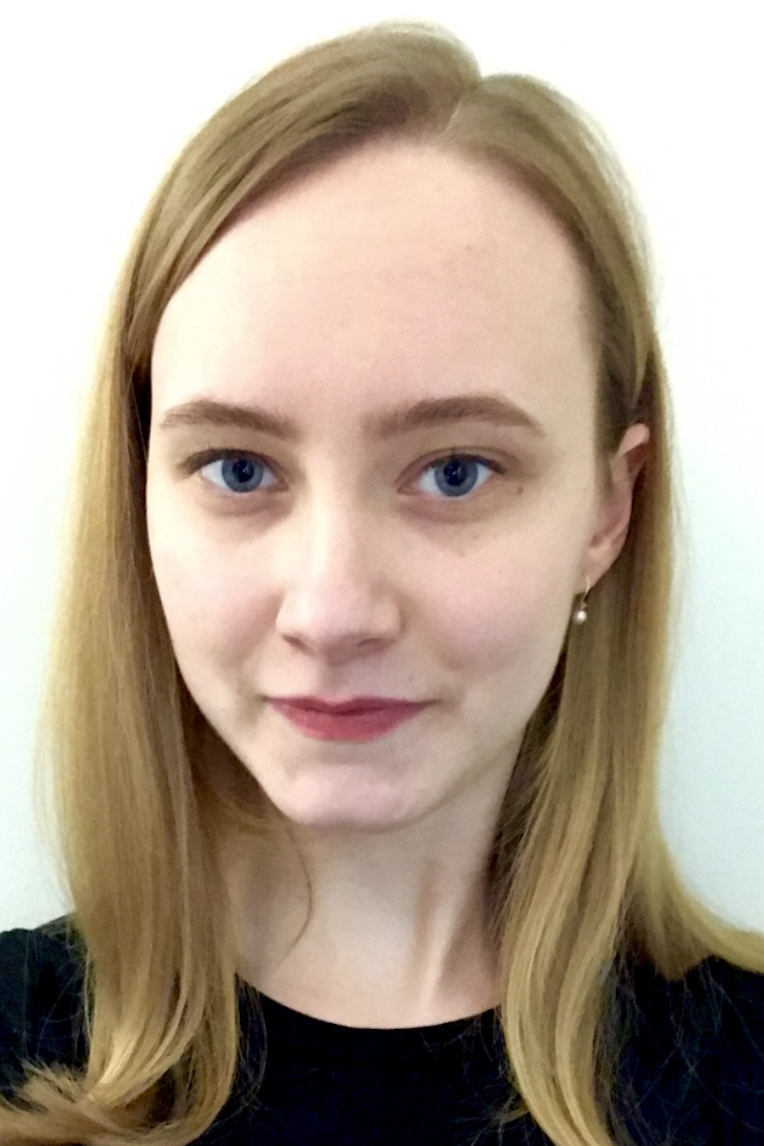 Danielle Dineen
Danielle Dineen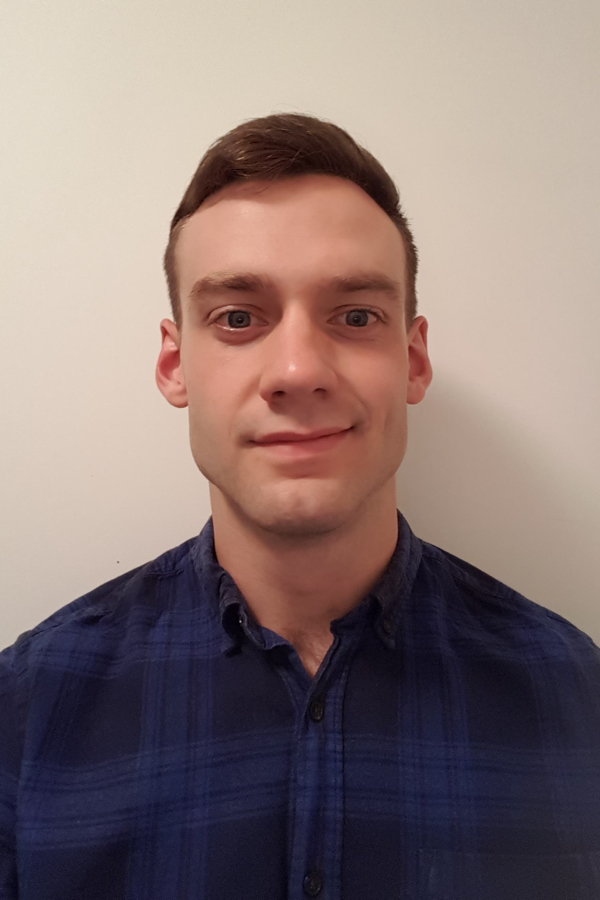 Antoine Herrmann
Antoine Herrmann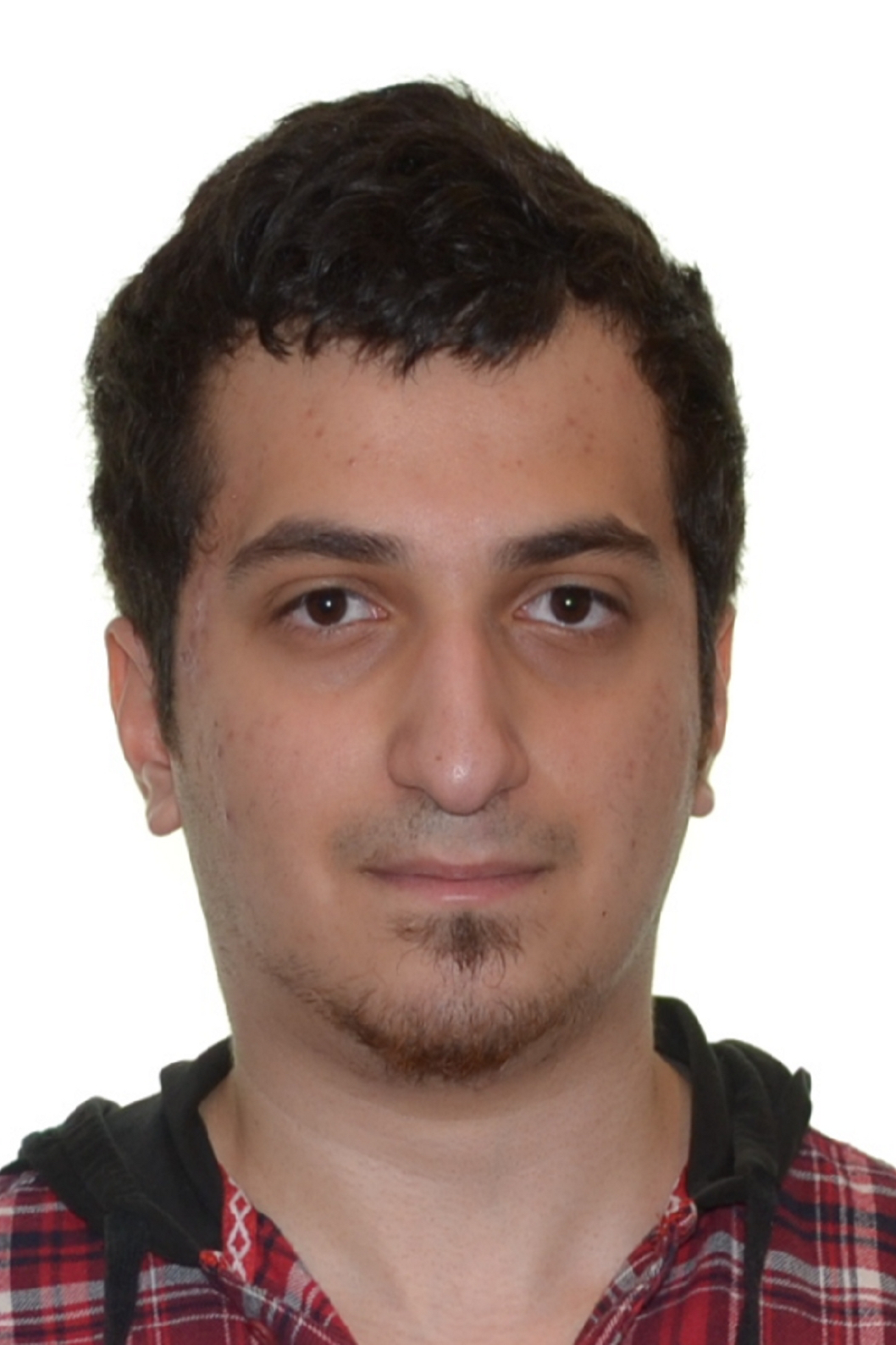 Tareq Jaouni
Tareq Jaouni Émilie Laflèche
Émilie Laflèche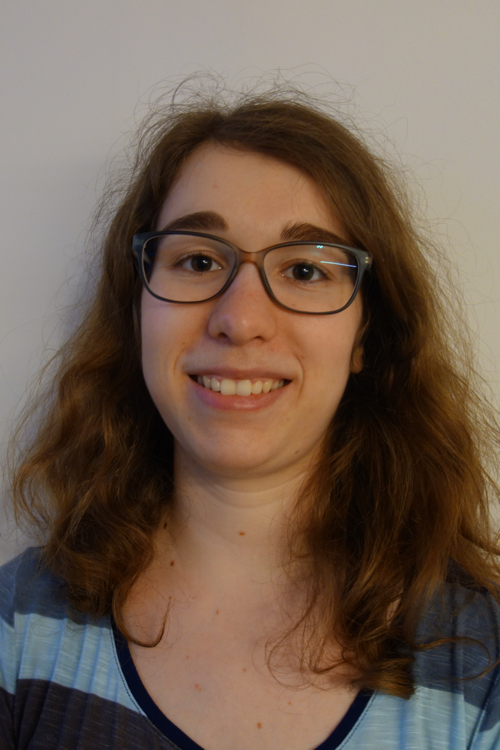 Laurence Marcotte
Laurence Marcotte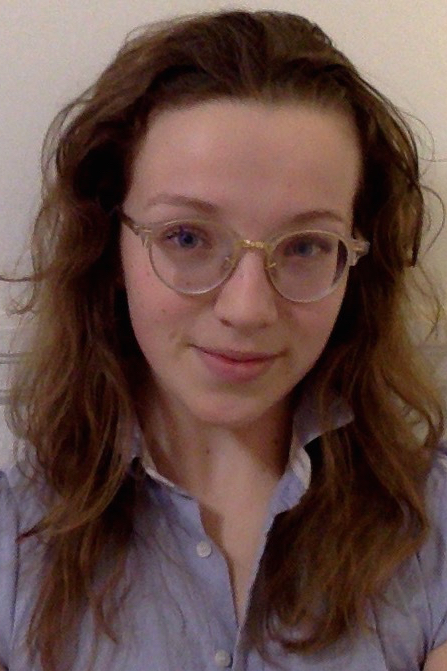 Mathilde Papillon
Mathilde Papillon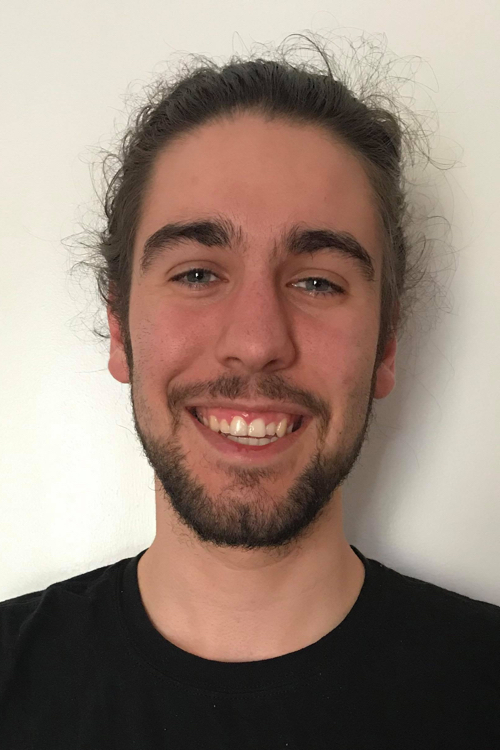 Pierre-Alexis Roy
Pierre-Alexis Roy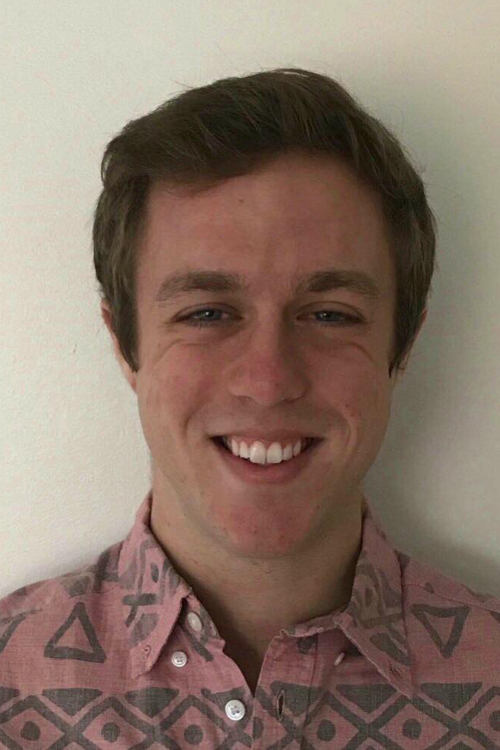 Thomas Vandal
Thomas Vandal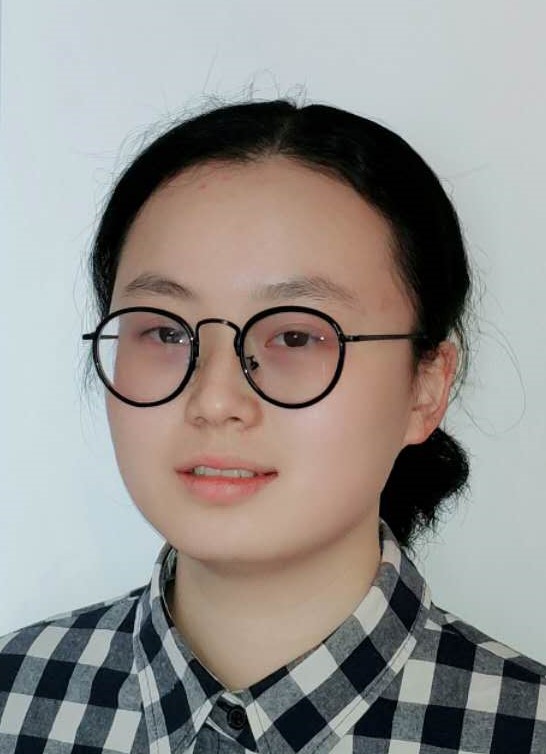 Lan Xi Zhu
Lan Xi Zhu

